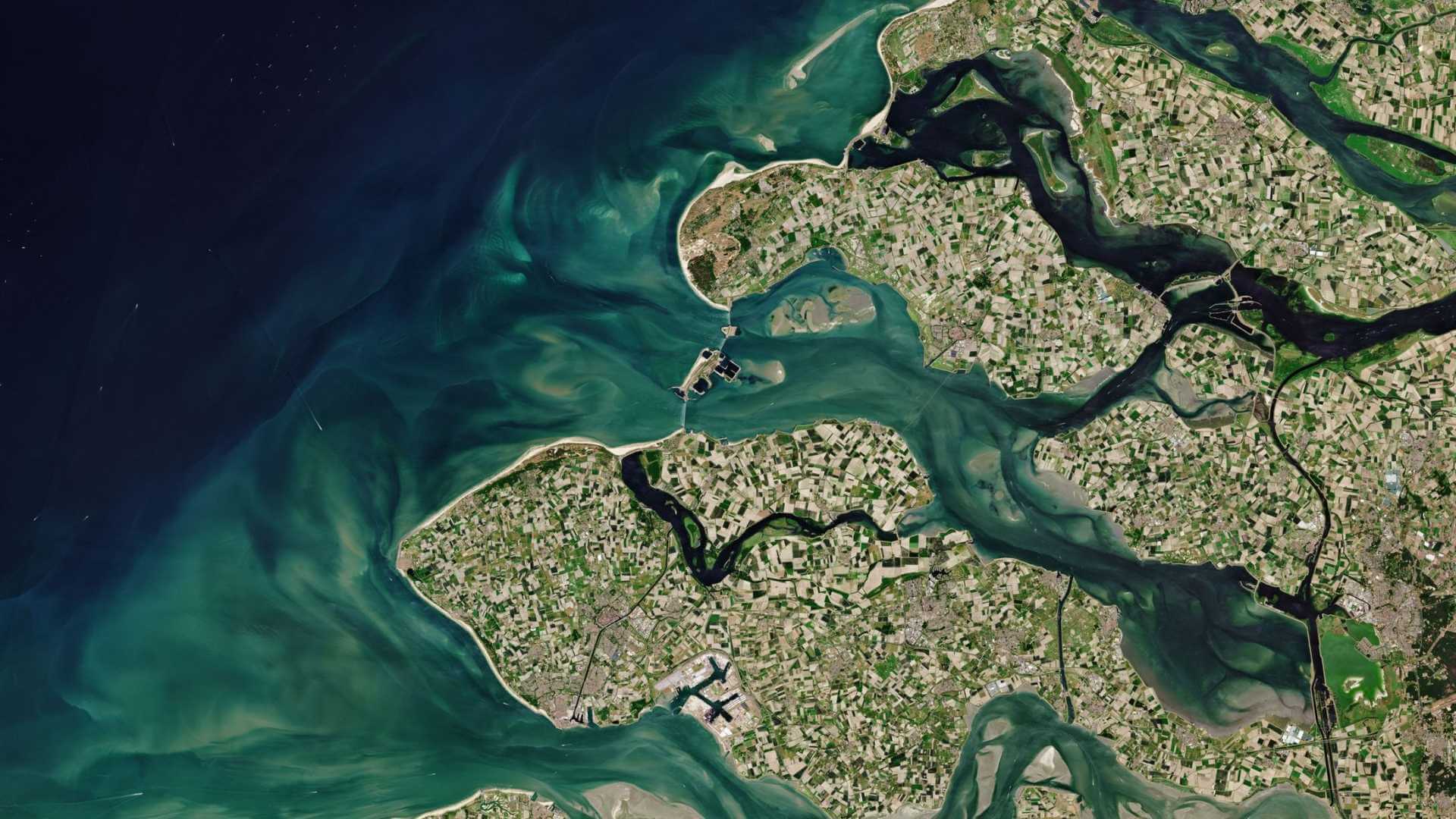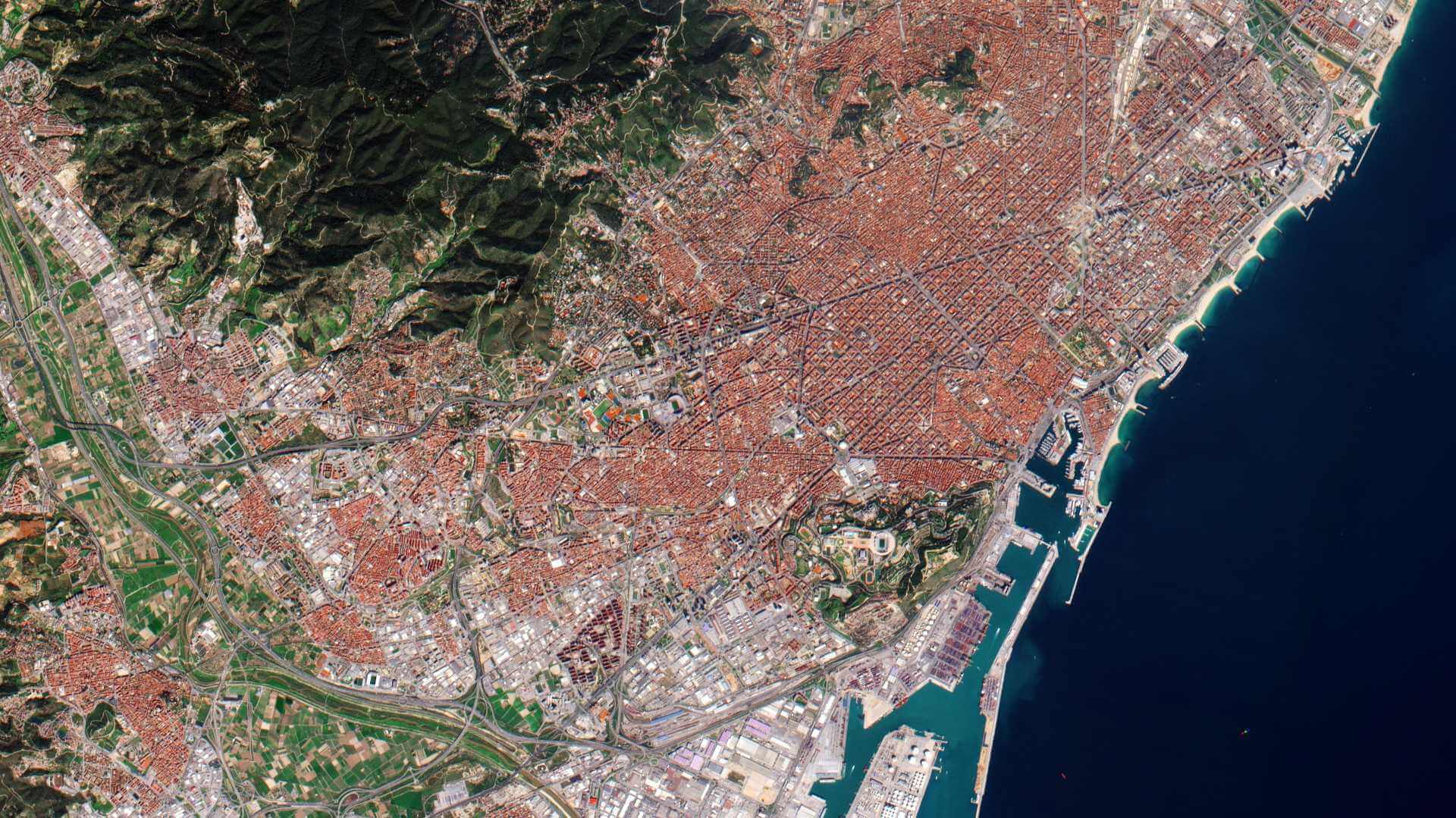Featured
About DMC First Generation
The Disaster Monitoring Constellation (DMC) is a constellation of microsatellites formerly coordinated by DMCii to provide frequent observations of the Earth for monitoring natural disasters. The satellites were designed and built by Surrey Satellite Technology Ltd (SSTL). Each satellite was independently owned and controlled by a DMC consortium member.
Launched between 2002 and 2005, most of the satellites in the first generation have successfully concluded operations with only one satellite still operational.
| Satellite | DMC Consortium Member | Configuration | Status | Equipment |
| ALSAT-1 | CNTS (Algerian Centre National desTechniques Spatiales) Algeria | MicroSat-100 | Launch: 28 November 2002 End of mission: Summer 2010 | SLIM-6 (Surrey Linear Imager Multispectral 6 channels): 32 m resolution imager in 3 spectral bands (NIR, red, green) with an extremely wide imaging swath of 600 km |
| BILSAT-1 | TUBITAK (Turkey) | Launch: 27 September 2003 End of mission: August 2006 | PanCam (Panchromatic Camera): 12 m resolution panchromatic sensor (swath 25 km, Field of Regard 300 km) MSIS (Multispectral Imaging System): 4-band visible (red, green, blue) and near-infrared sensor with 26 m resolution (swath 55 km, Field of Regard 300 km) COBAN (Multiband Camera): eight-band low resolution multi-spectral imager (swath 75 km) | |
| UK-DMC-1 | UK Space Agency (formerly British National Space Centre) | Launch: 27 September 2003 Placed in a lower orbit in November 2010 End of mission: November 2011 | SLIM-6 (Surrey Linear Imager Multispectral 6 channels): 32 m resolution imager in 3 spectral bands (NIR, red, green) with an extremely wide imaging swath of 600 km GPS Reflectometry Experiment: to demonstrate GPS reflectometry measurements from the sea surface Water resistojet: experimental ultra low-cost micropropulsion system CLEO (Cisco router in Low Earth Orbit) DTN (Delay/Disruption Tolerant Networking) | |
| NigeriaSat-1 | NASRDA (Nigeria Space Research & Development Agency) | Launch: 27 September 2003 End of mission: September 2012 | SLIM-6 (Surrey Linear Imager Multispectral 6 channels): 32 m resolution imager in 3 spectral bands (NIR, red, green) with an extremely wide imaging swath of 600 km | |
| Beijing-1 | BLMIT (Beijing Landview Mapping Information Technology Ltd) | SSTL-150 | Launch: 27 October 2005 | SLIM-6 (Surrey Linear Imager Multispectral 6 channels): 32 m resolution imager in 3 spectral bands (NIR, red, green) with an extremely wide imaging swath of 600 km CMT (China Mapping Telescope): 4 m high resolution panchromatic imager (swath 24 km, Field of Regard 800 km) |
The DMC constellation is part of ESA's Third Party Missions programme, in which ESA have an agreement to distribute data products from a number of the missions.
DMC First Generation Objectives
The aim of the Disaster Monitoring Constellation is to provide high resolution imagery from any part of the globe with daily revisit, with a particular focus on disaster monitoring.
DMC First Generation Instruments
The primary DMC imaging payload is the SLIM-6 class imager. The design of this sensor provides a three spectral band, nadir pointing imager capable of providing high and mid-resolution images of the Earth's surface when operating in a sun-synchronous low Earth orbit.
The SLIM-6 imager is composed of two banks, each bank consisting of three channels (NIR, Red, Green spectral bands). The two imager banks are mounted at an angle to provide a total imaging swath of over 600 km and an overlap between the simultaneously acquired images.
| Spectral Band Description | Spectral Bandwidth | GSD at Nadir | Equivalent Landsat 7 ETM+ Spectral Channel |
| NIR | 0.77 – 0.90 µm | 31.822 m | ETM+4 |
| Red | 0.63 – 0.69 µm | 31.822 m | ETM+3 |
| Green | 0.52 – 0.60 µm | 31.822 m | ETM+2 |
DMC First Generation Data
DATA COLLECTIONS
ESA offers access to data from the DMC constellation over Europe. The imagery was collected during a campaign conducted in 2007 over 38 countries in mainland Europe, Iceland and some outlying national islands. The data collection is freely available following a fast registration.

